The Ministry of Trade, Industry and Energy of South Korea and the National Police Agency are currently accepting applications to use mobile robots for patrolling and delivery purposes in pedestrian areas.
The use of mobile robot systems on South Korean streets was previously banned. However, recent changes in the law have opened the door to allowing their widespread use in everyday life, with initial requirements of having hazard insurance, weighing less than 500 kg and traveling at speeds no higher than 15 km/h.

Mobile robots will have to pass a 16-step test to see if they meet criteria, such as moving within designated areas and crossing pedestrian crossings.
If the tests are successfully passed, the mobile robot systems will receive a safety certificate.
Under the most technically feasible conditions of robotic systems in public environments, it will take at least another month before Koreans can start seeing them on the streets, because so far the agency responsible for certifying robotic technology in Korea has not been designated.
Insurance packages for mobile robot systems are also being developed, in partnership with private insurers, and are also expected to launch next month.
Insurance companies will be responsible for compensating for damage caused by robots to people or property.
However, South Korean authorities have stressed that primary responsibility for safety will fall on operators of mobile robot systems, who must follow normal safety rules.
For example, operators will be fined $23 if the robot system they control violates road traffic rules.
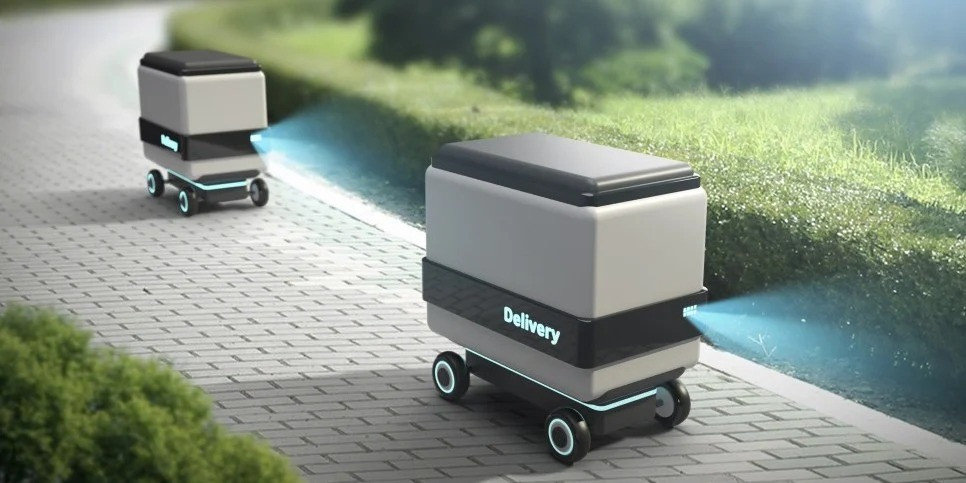
The Korean government recommends that people should be cautious when interacting with mobile robots in the initial application stage, encouraging them to stay calm when encountering robots, not to obstruct their movements or damage the mechanical system.
The South Korean government has also stepped up its efforts to promote to the public the potential delivery robot, which looks like a friendly box that moves on its own on wheels.
Notably, in early November 2023, in Korea, a technical incident occurred, a fruit-delivery robot killed a man when it mistook him for a package.
A 2017 study found that 30 to 40 industrial robot accidents occur each year. However, the core problem is that robots follow their own programming and most accidents are caused by robot operators.
With robots playing an increasing role around the world – in restaurants, hospitals and public places – South Koreans are expected to be quick to adapt to innovations.
(according to Securitylab)
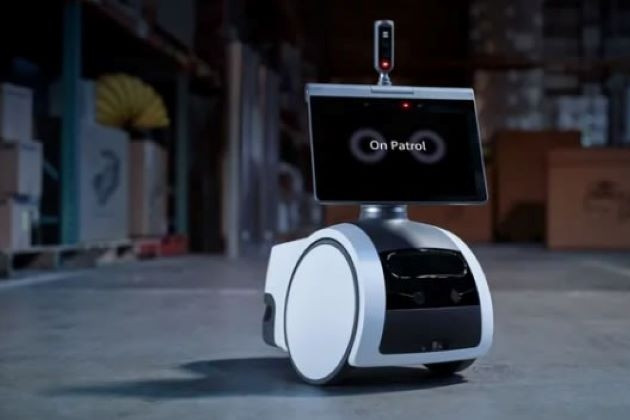
Launch of 'Astro for Business' robot capable of mapping, automatic navigation
Amazon has officially introduced a security patrol robot (Astro for Business) with the ability to map and navigate automatically; agencies, businesses, and organizations can use it to monitor their business premises.
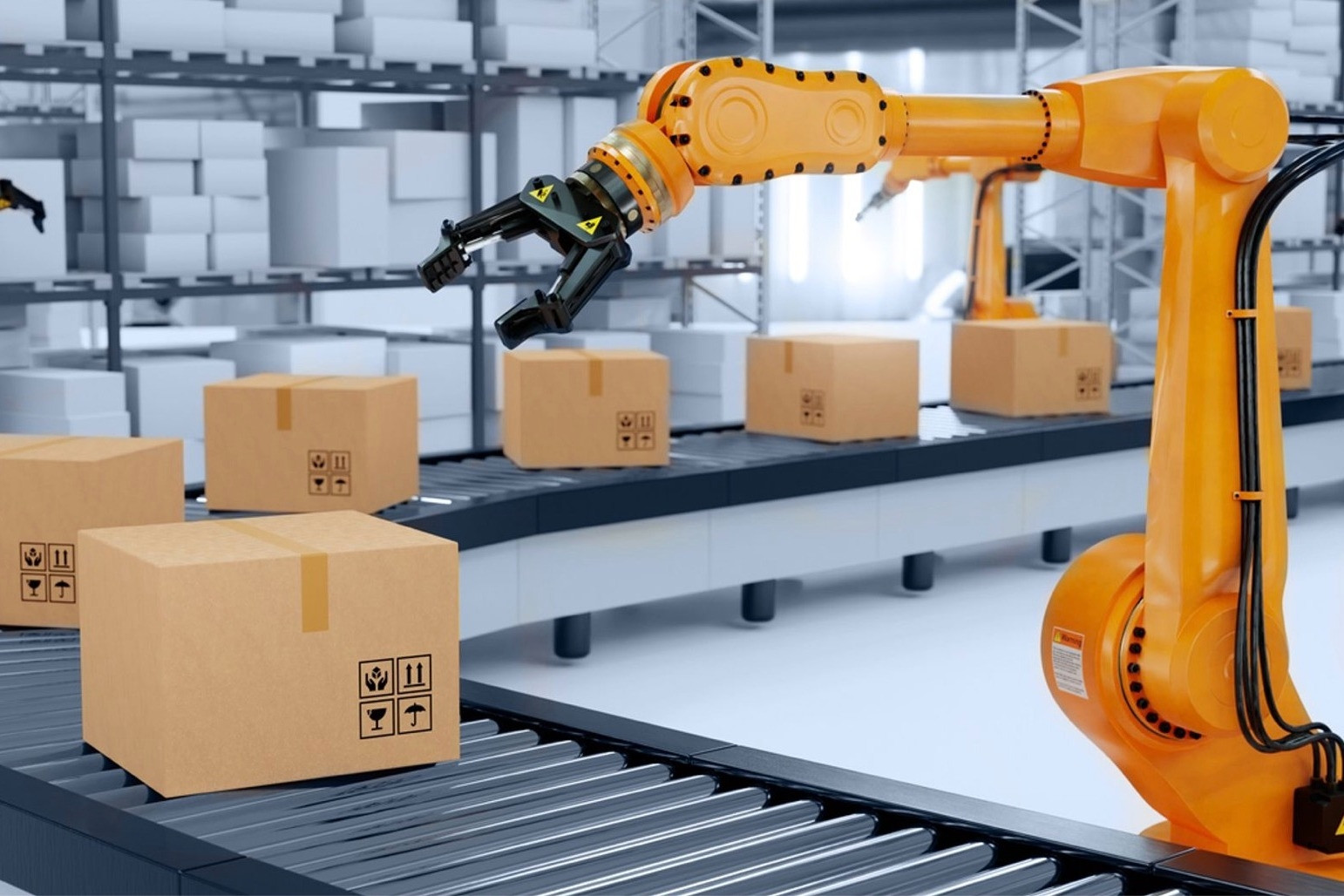
A Korean man was crushed to death by a robot after mistaking it for a box of vegetables.
A South Korean man was crushed to death by an industrial robot that he mistook for a box of vegetables. The incident occurred while the victim was checking the robot's sensors at an agricultural distribution center in South Gyeongsang Province.
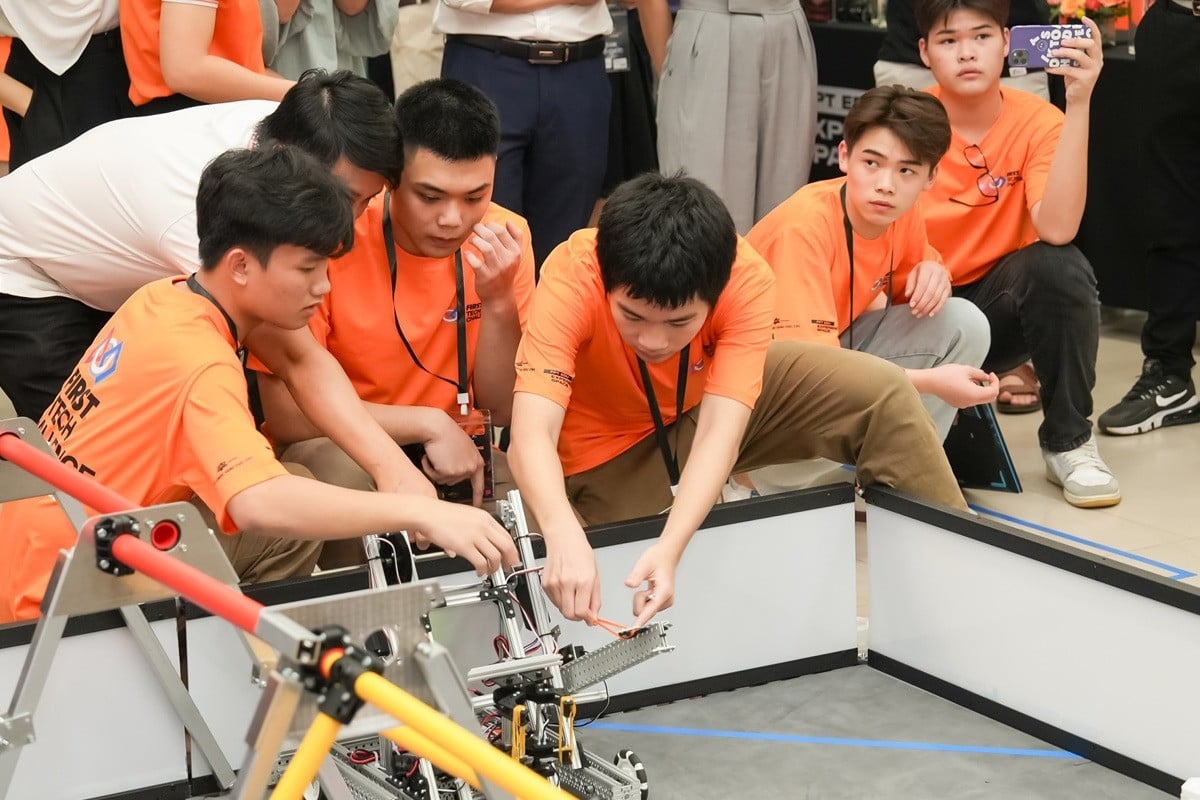
Millions of Vietnamese students have more opportunities to learn and experience robotic technology.
FPT University's cooperation with FIRST® (USA) to organize a global robotics competition in 2024 will create opportunities to learn and experience robotics technology for millions of high school students in Vietnam.
Source


![[Photo] President Luong Cuong presents the decision to appoint Deputy Head of the Office of the President](https://vphoto.vietnam.vn/thumb/1200x675/vietnam/resource/IMAGE/2025/5/8/501f8ee192f3476ab9f7579c57b423ad)
![[Photo] Prime Minister Pham Minh Chinh meets with the Policy Advisory Council on Private Economic Development](https://vphoto.vietnam.vn/thumb/1200x675/vietnam/resource/IMAGE/2025/5/8/387da60b85cc489ab2aed8442fc3b14a)
![[Photo] National Assembly Chairman Tran Thanh Man chairs the meeting of the Subcommittee on Documents of the First National Assembly Party Congress](https://vphoto.vietnam.vn/thumb/1200x675/vietnam/resource/IMAGE/2025/5/8/72b19a73d94a4affab411fd8c87f4f8d)
![[Photo] General Secretary concludes visit to Azerbaijan, departs for visit to Russian Federation](https://vphoto.vietnam.vn/thumb/1200x675/vietnam/resource/IMAGE/2025/5/8/7a135ad280314b66917ad278ce0e26fa)
![[Photo] General Secretary To Lam begins official visit to Russia and attends the 80th Anniversary of Victory over Fascism](https://vphoto.vietnam.vn/thumb/1200x675/vietnam/resource/IMAGE/2025/5/8/5d2566d7f67d4a1e9b88bc677831ec9d)



























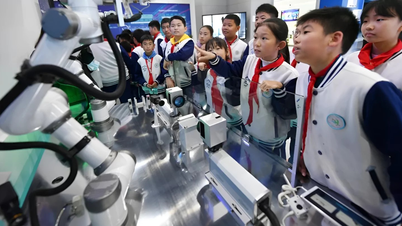

































![[Photo] Prime Minister Pham Minh Chinh talks on the phone with Singaporean Prime Minister Lawrence Wong](https://vphoto.vietnam.vn/thumb/402x226/vietnam/resource/IMAGE/2025/5/8/e2eab082d9bc4fc4a360b28fa0ab94de)












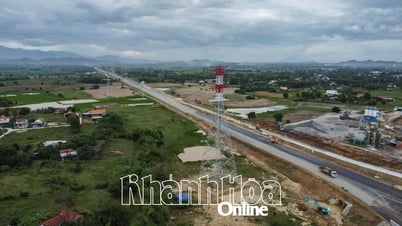




















Comment (0)